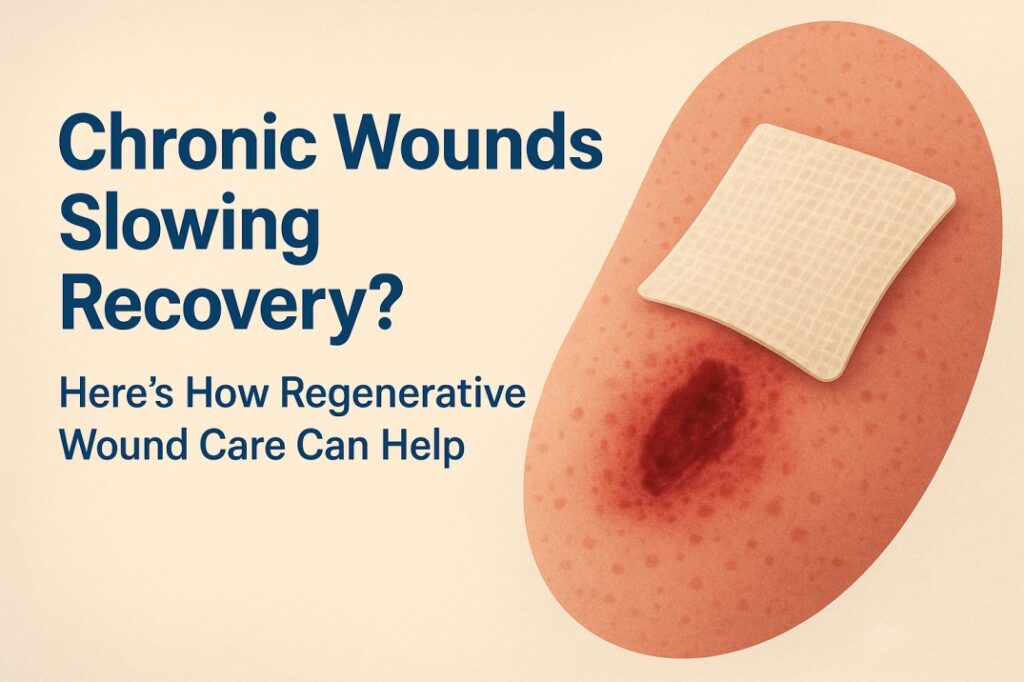Earwax might seem like a minor nuisance, but it plays an essential role in protecting our ears. Known medically as cerumen, this natural substance safeguards the ear canal by trapping dust, dirt, and other foreign particles. While it usually makes its way out of the ear naturally, sometimes it builds up, causing discomfort, hearing issues, or even infection risks. That’s when safe Ear Wax Removal in Dubai methods come into play — and knowing the right ones can make all the difference.
What Is Ear Wax and Why Does It Build Up?
Earwax is a mix of secretions from glands in the ear canal combined with dead skin cells. Its primary job is to moisturize the skin, prevent infections, and stop harmful debris from reaching the eardrum. While most people don’t need to interfere with this natural cleaning process, certain factors can lead to excessive buildup.
Using earbuds, hearing aids, or frequent use of cotton swabs often pushes wax deeper into the canal, leading to blockages. Other contributors include narrow ear canals, frequent swimming, or skin conditions like eczema.
Recognizing the Signs of Ear Wax Blockage:
Though earwax generally doesn’t cause problems, it can occasionally accumulate and create uncomfortable symptoms. Common signs include:
-
A feeling of fullness in the ear
-
Decreased or muffled hearing
-
Itching inside the ear canal
-
Dizziness or imbalance
-
Tinnitus (ringing in the ears)
-
Earache or discomfort
When these symptoms appear, it’s time to consider safe removal options.
The Safest Methods for Removing Ear Wax:
Removing ear wax should always be done gently and correctly to avoid injury or infection. Here’s a guide to the safest, medically recommended options:
1. Ear Drops:
Over-the-counter ear drops are designed to soften hardened wax, making it easier for the body to expel naturally. These drops typically contain ingredients like hydrogen peroxide, carbamide peroxide, or saline.
To use them:
-
Tilt your head and place a few drops into the affected ear.
-
Stay in this position for a few minutes to allow the drops to work.
-
Allow the ear to drain naturally or wipe excess with a clean tissue.
This method is ideal for minor blockages and regular maintenance.
2. Warm Water Irrigation:
Ear irrigation involves flushing the ear canal with warm, clean water to dislodge softened wax. Many clinics offer this service, but at-home kits are also available.
Key steps include:
-
Softening the wax first with drops for a day or two.
-
Gently squirting warm (not hot) water into the ear with a bulb syringe.
-
Tilting the head to allow water and wax to drain out.
It’s important to avoid irrigation if there’s a history of ear infections, perforated eardrum, or ear surgery.
3. Microsuction:
Microsuction is a modern, safe method of ear wax removal performed by trained professionals. It involves using a gentle suction device under visual guidance with a special microscope or otoscope.
This technique is suitable for:
-
Individuals with sensitive ears
-
Those with a history of ear infections
-
People prone to impacted wax
Microsuction is generally quick, painless, and doesn’t involve water, reducing infection risk.
4. Manual Removal:
In certain cases, a healthcare provider may opt for manual removal using specialized tools like a curette. This is typically done under direct vision to ensure precision and safety.
This method is reserved for more stubborn blockages or when other methods aren’t advisable due to ear conditions.
Methods to Avoid:
Despite their popularity, some ear cleaning habits can be harmful:
-
Cotton swabs: These often push wax deeper into the canal, increasing the risk of impaction and eardrum injury.
-
Ear candles: There’s no scientific evidence to support ear candling, and it poses serious risks like burns, blockages, or perforations.
-
Sharp objects: Any tool inserted into the ear can damage delicate structures, leading to permanent issues.
Post-Removal Care Tips:
After ear wax removal, keeping the ear canal clean and healthy is essential:
-
Avoid inserting objects into the ear.
-
Keep ears dry after swimming or bathing.
-
Use ear drops occasionally if prone to wax buildup.
-
Protect ears from dust and debris in high-risk environments.
-
Seek professional advice if symptoms persist.
Benefits of Professional Ear Wax Removal:
Opting for professional services ensures a safe, hygienic, and effective solution for ear wax problems. Key advantages include:
-
Immediate relief from discomfort and hearing loss
-
Reduced risk of infection and complications
-
Tailored care for sensitive or problematic ears
-
Proper diagnosis of underlying ear issues
Professionals use sterile equipment and techniques designed to minimize trauma and promote quick recovery.
Conclusion:
Earwax is a natural protector, but when it builds up, safe removal becomes necessary. By choosing proven methods like ear drops, irrigation, microsuction, or professional manual removal, you can maintain ear health without risking damage. Avoid common mistakes like using cotton swabs or ear candles, and remember that regular ear care combined with expert advice ensures long-term comfort and hearing clarity, Enfield Royal Clinic.
FAQs:
Can earwax fall out on its own?
Yes, in most cases, earwax naturally moves toward the outer ear and falls out unnoticed.
Is it safe to use cotton swabs for cleaning ears?
No, cotton swabs can push wax deeper and risk injury. It’s better to clean only the outer ear with a damp cloth.
How often should I get ear wax removed?
Most people don’t need regular removal. If you’re prone to buildup or use hearing aids, a check every 6 to 12 months may be beneficial.
Does ear candling work for removing wax?
No, ear candling is unsafe and ineffective. It can cause burns, blockages, and eardrum damage.
What happens if earwax is left untreated?
Untreated buildup can cause hearing loss, infections, dizziness, and discomfort. It’s best to address persistent symptoms early.









